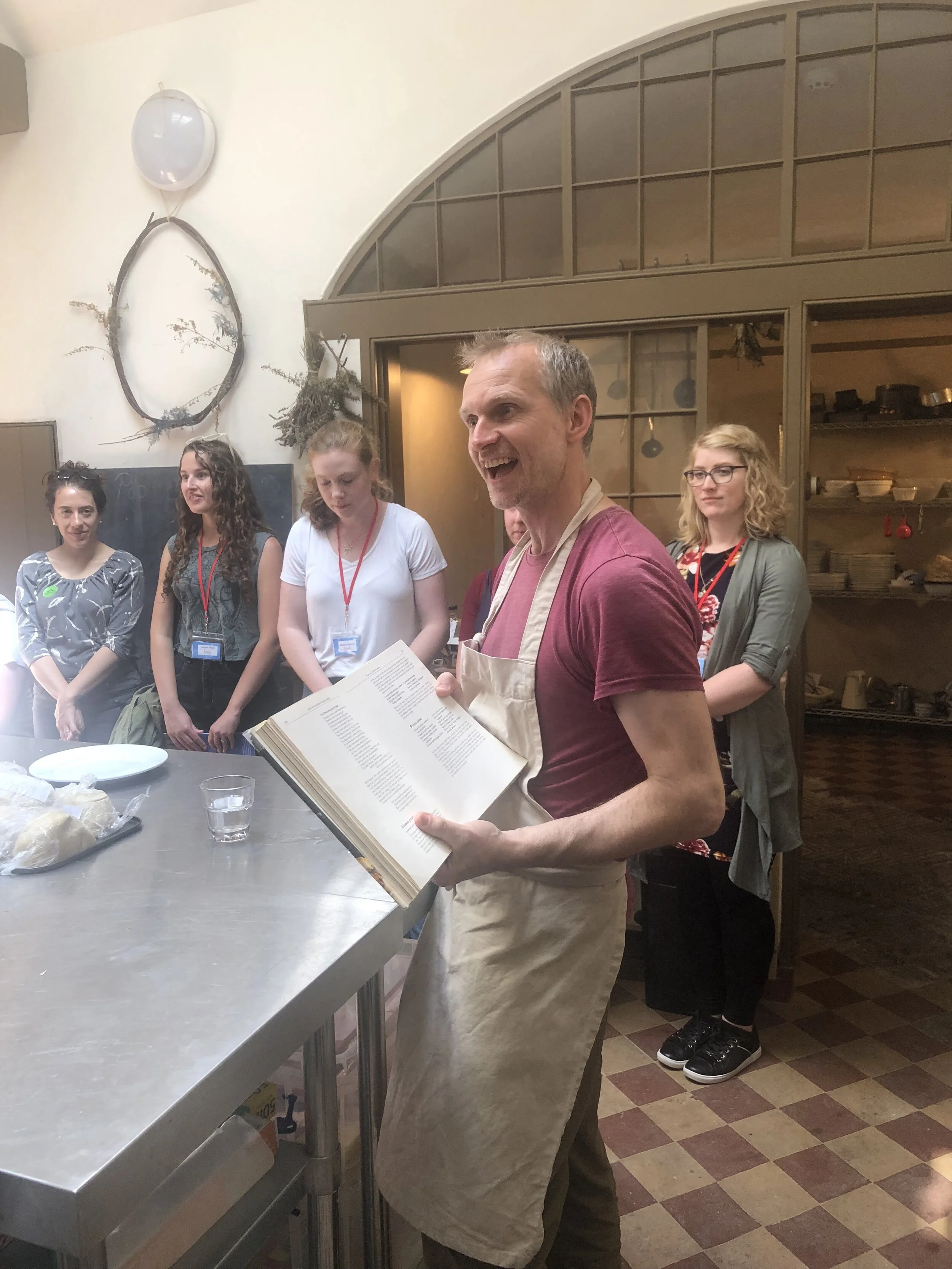OPP Day 6: The Royal Pavilion and Regency Townhouse
Part 1: Day 6 started with a trek to the Royal Pavilion, the eclectic “seaside pleasure palace” of King George IV. While I’m usually a sucker for all things palaces, I was less impressed with the Royal Pavilion. Don’t get me wrong, the architecture and decorative arts inside were incredible. Even the exhibits were ace. What I found most upsetting was the lack of care to the visitor experience.
What I mean is this: when visiting historic sites, especially ones where rooms are fashioned to portray a time period, you are expecting an experience that removes you from your own time and place and transports you to another. It’s magical. It’s why I love historic houses so much! This is where Royal Pavilion fell short. The rooms were all outfitted perfectly. But, I couldn’t help but notice the humidifiers and the lights and the speakers and all the environmental monitors.
Each of these things is critical to museum work. Of course old place have issues with temperature and humidity. Of course dehumidifiers and monitors are absolutely needed. Do they need to be right in the middle of an exhibit space? Does a very large, bright white industrial dehumidifier need to be the focal point of the room? Do monitors need to be placed on fireplace mantles so they are visible front and center when looking at the artwork right above the fireplace? Do I need to see all of the modern uplifting on the floor? Do I? I don’t think so, personally. To me, all of the modern equipment creates an anachronism that really makes feeling connected to the time difficult.
But like I said, these modern things are needed in museum, so how do you get around that? I think there are solutions that involve cleverly hiding them. I’ve seen some truly smartly made boxes placed to shield visitors from seeing lighting and humidifiers or other equipment, painted to match the environment, or disguised as something else entirely. Those funny monitors, especially if they are bright yellow, can usually be cleverly placed out of sight while retaining the same readings. It takes a bit of trial and error and sometimes multiple monitors to test similarities in light, temperature, and humidity in different spots of the room, but in most cases, a few days trial will show you there are places where you can get readings that will apply accurately to multiple points in the room. This might just be a giant pet peeve of mine, but it really hurt the visitor experience in this case, I feel.
The Royal Pavilion also does not allow photography (modern up, guys, come on!). So I can’t even show you what I mean.
Part 2: After a leisurely lunch picnic and wandering through The Lanes with some friends we made our way back for our second session of the day: an introduction to Regency Townhouse and a cooking lesson! Paul gave us a crash course in all things Regency period food and dining. We learned the art of making meat pies and fancy salads. It was a quick fire introduction to the magic of Regency Townhouse. Later that night we returned to the townhouse where we were met with a Regency Feast of our own meat pies and salad, plus soup and dessert made by our friends at the townhouse.


